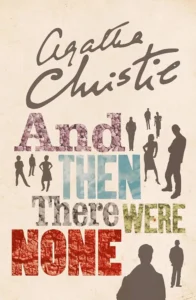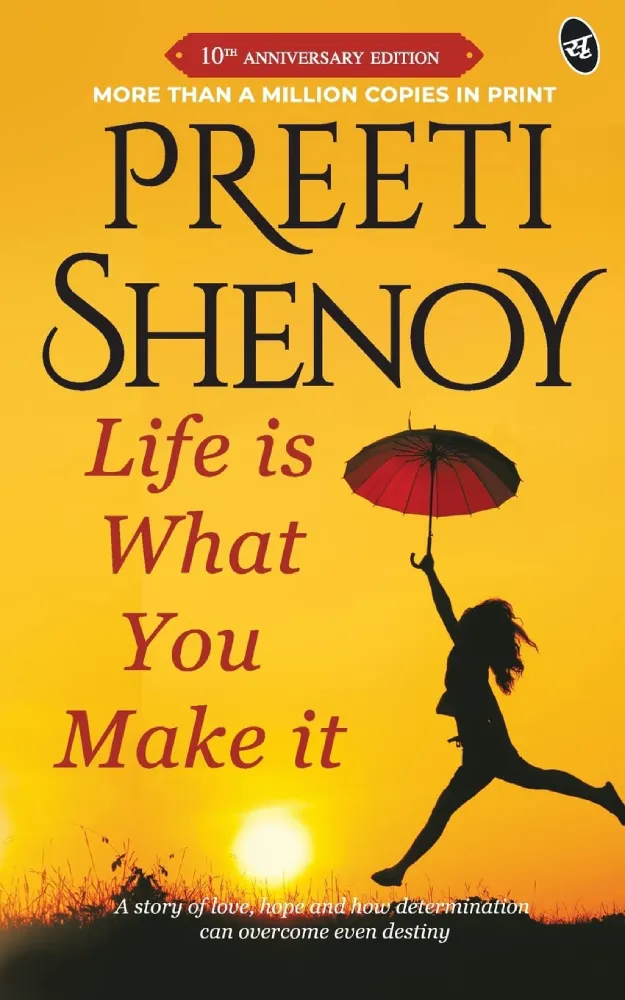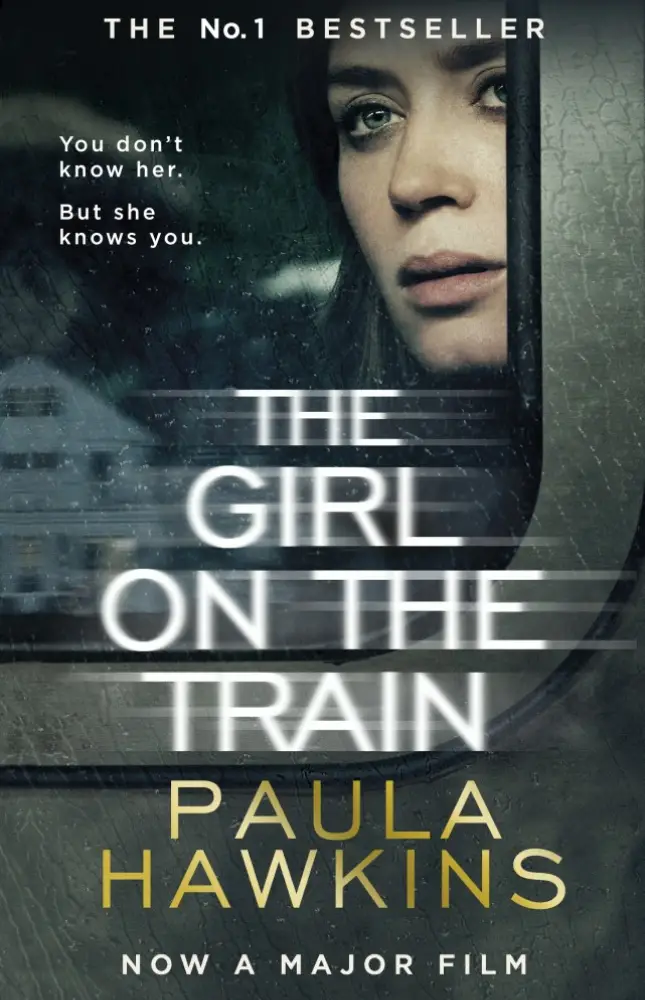Book Review: And Then There Were None by Agatha Christie
“Not all trials are held in courtrooms—sometimes, judgment echoes across stormy seas and empty halls.”
Agatha Christie’s classic whodunit mystery And Then There Were None brings this idea chillingly to life.
Often, growing up in a country where justice feels elusive, we begin to believe that the law is blind to the real culprits. So when we come across a story where a madman—or perhaps, a twisted hero—takes justice into his own hands and punishes the guilty one by one, it grips us. It races through our veins, thrilling and intoxicating.
But when the story ends, a harsh truth hits us like a slap to the face: justice without mercy is just another kind of cruelty.
Christie tells such a tale, but with her unique brilliance and restraint.
What the story says….
The story And Then There Were None is set on a fictional isolated island off the coast of Devon, England, called Soldier Island (originally named Indian Island in early editions).
Ten strangers are invited to Soldier Island, each from a different walk of life. Justice Wargrave is a retired judge, sharp and calculating. Vera Claythorne, a former governess, arrives as a secretary. Philip Lombard, a mysterious ex-soldier, brings a gun and a shady past. Dr. Armstrong is a respected physician battling personal demons. Blore, an ex-police inspector, comes under a false identity. Emily Brent is a rigid, religious woman with no formal profession. General Macarthur is a retired military officer. Anthony Marston is a rich, reckless young man. Lastly, Thomas and Ethel Rogers, the butler and housekeeper, are hired to manage the estate. And there is only one way to reach that island, and that is by motorboat.
All ten guests are invited to Soldier Island by someone named U.N. Owen (or “Unknown”), a mysterious figure none of them have ever met. Each person receives a different kind of invitation—some for employment, others for a friendly gathering, or even as a reunion. What catches the eye right away are the ten little soldier figurines on the dining table—and the chilling nursery rhyme Ten Little Soldiers, framed in every guest’s room.
The real story begins when all the guests gather for dinner on the first night. After drinks, a gramophone suddenly plays a chilling recording that accuses each guest—and the housekeepers—of crimes that were never punished by the law. As everyone scrambles to find the source of the voice, the first death occurs: Anthony Marston collapses and dies after drinking his poisoned cocktail. His death eerily mirrors the first line of the nursery rhyme:
‘Ten little soldier boys went out to dine; one choked his little self and then there were nine.’
In the series of deaths, Mrs. Rogers is the second to die, just as the rhyme foretells:
“Nine little soldier boys sat up very late;
One overslept himself and then there were eight.”
Her quiet death in the night deepens the fear among the guests. Now, suspicion creeps in—everyone starts eyeing one another, unsure of who to trust. Paranoia sets in, and survival becomes their only goal. But the mastermind behind this deadly game was truly brilliant. He had crafted a trap so intricate, so unbreakable, that the game could only end one way: when every last player had fallen.
My thoughts….
Ever since I understood this genre, I have wanted to read this classic novel. But interestingly, it also troubled me a lot—because, to be honest, I had a hard time remembering who did what. Many times, I had to go back and re-read to keep things straight.
It’s not the first story I’ve read about someone taking justice into their own hands, but the way this one is woven is truly commendable. There’s water all around, complete isolation, and no way to return to normal life. No one could take better revenge than this—but who is the mastermind who left no loophole?
Was it one of the ten people? If so, how did all of them end up dead? So where did that cunning person hide? You won’t be able to guess—you have to read until the very end.
What I found most interesting is the contrast between the characters’ behavior and how people might act today. If this story were written in modern times and among young people, as soon as the murders started, they probably would’ve grabbed each other by the collar and caused complete chaos. But in the period this story is set, even in the face of danger, the characters used respectful language, tried to protect one another, and never disrespected the women, even when they were under suspicion. They blamed others with a strange sort of politeness.
To know whether they were truly like that or just pretending, you’ll have to set your judgments aside and read to the end.
It was a memorable experience for me. At times, I found myself sympathizing with these characters, and at other moments, I wondered—did they commit the crimes they were accused of? Are they truly paying the price for those actions?
If you wish to lose yourself in a storm of emotion and shadows of the mind, let this tale pull you in—just once is enough to leave a mark.







